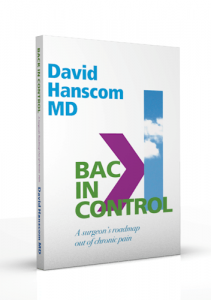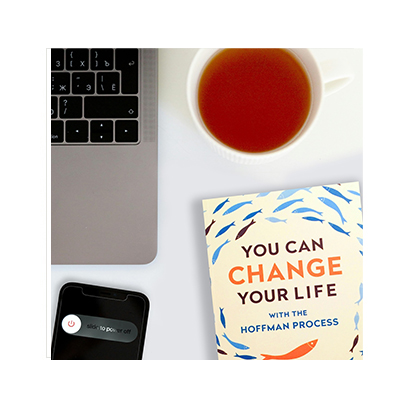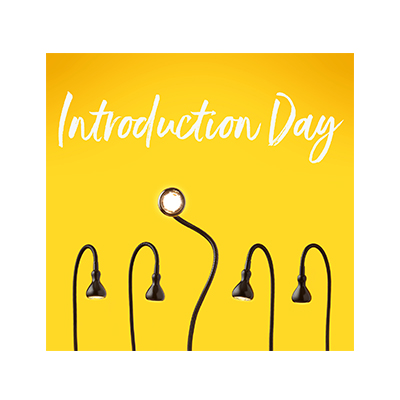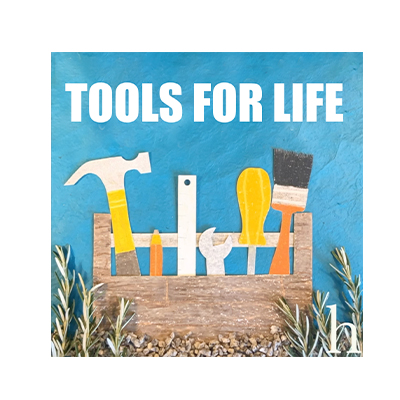 We’ve all experienced someone who’s a ‘pain in the neck’ but when is pain a physical phenomenon and when is it actually emotional stress – and are they linked? Recent research would seem to show that our brain processes emotional and physical pain in a similar manner and the body’s chemical response in terms of stress hormones is identical. From this perspective, physical and emotional pain can be considered equivalent entities.
We’ve all experienced someone who’s a ‘pain in the neck’ but when is pain a physical phenomenon and when is it actually emotional stress – and are they linked? Recent research would seem to show that our brain processes emotional and physical pain in a similar manner and the body’s chemical response in terms of stress hormones is identical. From this perspective, physical and emotional pain can be considered equivalent entities.
Your brain is processing millions of bits of sensory input every second which you’ll ultimately experience as pleasant or unpleasant. Flashing bright lights or unexpected loud sounds – such as an approaching emergency vehicle, for example – will elicit adrenaline and cortisol. An expected response would be an increased heart rate, sweating and anxiety. Recent studies have demonstrated that negative thoughts have the same effect as those flashing sirens.
Unfortunately, as human beings we cannot easily escape our thoughts. In fact, unless we find strategies that offer them a healthy outlet, they tend to intensify over time. We can adopt masking behaviour which temporarily diminishes anxiety but this often leads to addictions, ranging from staying compulsively busy to medicating with food, drink and other substances.
An additional factor is that your brain memorises your physical and mental input and these circuits become permanently embedded. Rather like riding a bicycle, you cannot unlearn them. These repetitive negative pathways can place you under a relentless adrenaline attack with resulting progressive anxiety and frustration as well as a myriad of physical symptoms. Trying to solve this with certain types of talking therapy alone may even reinforce these circuits, as your brain will develop wherever you place its attention – so what can you do?
 Directing Your Own Care
Directing Your Own Care
Dealing with chronic pain is similar to fighting a forest fire. It requires a multi-faceted approach and every strategy has a part to play. Chronic pain can be solved by addressing sleep quality, stress levels, medication, physical conditioning, and mindset. I have watched hundreds of patients become pain-free using a largely self-directed approach.
Direct Your Own Care (DOC) is the name for the program that evolved out of my own 15-year battle with chronic pain. It took me a while to figure out what had happened to me and how I was then able to emerge from what I call ‘The Abyss.’ The Hoffman Process was a key ingredient to my success. Since you cannot get rid of these painful pathways you have to both form new alternative ones and reconnect with your own positive circuits or what Hoffman would call ‘your authentic self.’
Hoffman’s role in ‘fighting the forest fire’ of your pain is in addressing stress and changing your outlook on life. It requires de-adrenalising your body as well as stimulating your brain to grow and change through neuroplasticity. Neuroplasticity describes the capacity, at any age, for your brain to grow new neurons, connections and myelin (the insulating layer around nerves. Your brain can grow or shrink throughout your life. Ways to stimulate neuroplasticity include awareness, separation, and reprogramming. Since all of this happens at an unconscious level you have to address it through specific strategies.
Tools for Change
The Hoffman Process systematically encourages an awareness of family patterns that have been programmed into your brain. Any time that you’re anxious or angry you’re likely to be in a patterned survival response, which adrenalises your body. Until you become aware of this automatic reaction you cannot solve it. On the Process you choose the most disruptive of these patterns and then engage in a physical separation process. An additional critical factor is letting go of these behaviors through forgiveness.
The next stage is to substitute more functional, creative and enjoyable responses. Hoffman tools are brilliant for reprogramming and include writing, visualisation, mindfulness, meditation, and play. Many aspects of the week involve engaging the physical senses, which addresses the unconscious brain and helps to quickly embed new pathways. I frequently tell my patients that Hoffman accomplishes about five years of reprogramming in about a week.
An Inspirational Story
On the final evening of the Process, many Hoffman graduates come to a closing ceremony to support those who have just completed the course and to share their post-Hoffman experiences.
On the final evening of my course, three businessmen each stood up and gave glowing testimonials on how Hoffman had influenced their lives. Then a woman who had finished the Process a month earlier began to speak. She’d been in chronic pain for over ten years; she’d traveled all over the world and spent over $400,000 looking for a cure. She said, “I spent all this money, underwent endless tests and treatments, and all I needed to have done was to come to Hoffman to discover that I was just fine.” She was almost pain-free for the first time in many years.
The Hoffman Effect – Transformation at Work and At Home
It was my wife’s suggestion that I attend the Hoffman Process in 2009. I’d done a lot of personal work and truly felt that I did not need to go. However, I went because she’d got so much out of it herself and I thought it was important that we stay on the same page. It was the most life-changing experience I‘ve been through. Some of the benefits included:
- I was able to emotionally forgive my abusive mother and find deep compassion for her suffering.
- I connected with my vision of what I wanted to accomplish with my life and have not deviated from it since the day I left Hoffman.
- I use the Hoffman tools more now than I did seven years ago.
- My wife and I have gone from survival mode in our marriage to that of thriving. She has played a huge role in my growth and also in getting my book out into the world.
- My book would not have been written without Hoffman, as one of my core patterns was procrastination. I had the book in print within 18 months of finishing the Process.
- The motivation for sharing the Direct Your Own Care concepts originated from the anger I felt about what I was witnessing in spine surgery. After the Process I was able to switch from an angry zealot to more of a compassionate crusader, which has made a significant difference in my capacity to deliver my message, as well as to weather the adversity I’ve encountered while creating change.
My son, stepdaughter, and daughter-in-law have now gone through Hoffman with each of them experiencing their version of success. It has transformed our family. I wish I could have done Hoffman at their age. It would have changed the trajectory of my life a lot sooner. I was making great time but I was going in the wrong direction. I’m grateful that I’ve been given a second chance and I cherish every second of it. Thank you Hoffman.
David’s book, Back in Control: A Surgeon’s Roadmap Out of Chronic Pain provides a framework to re-organising your thinking and finding your own solution to chronic pain.
His website, where you’ll find the Direct Your Own Care action plan is: www.backincontrol.com
David is featured in the 2018 issue of Hoffman magazine. To order a FREE copy for yourself, friends or family, click here.






 Sign up to receive monthly newsletters from Hoffman
Sign up to receive monthly newsletters from Hoffman